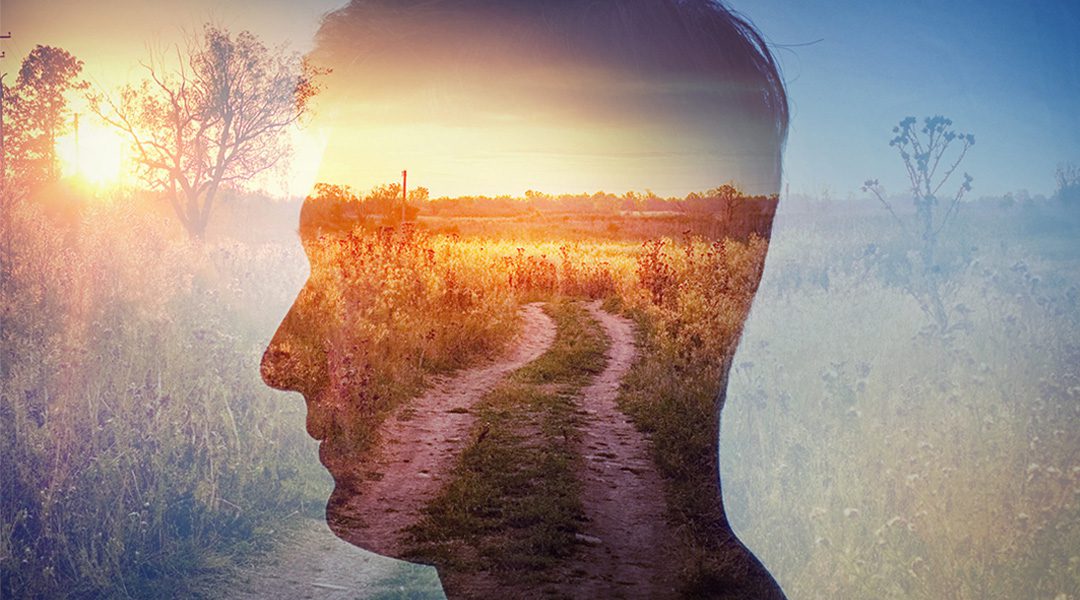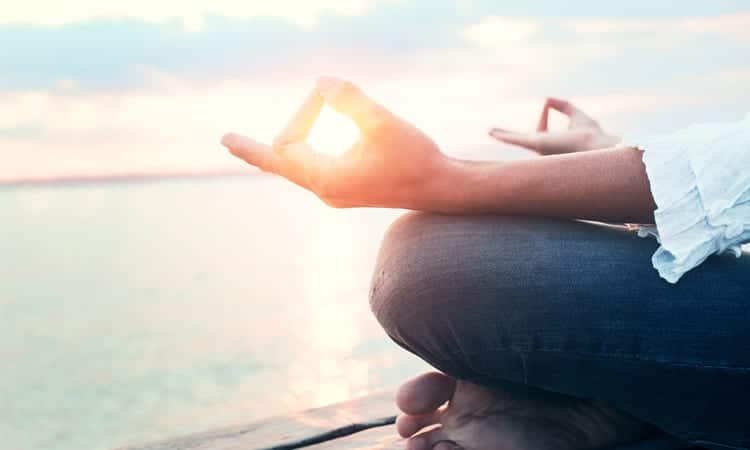In the world today, most people approach the study of Yoga through the asanas (physical postures). And for many schools, that’s where the study of Yoga ends. People want to be healthy and have a trim physique. One may ask, why do you want a trim physique? In some way, you think it will make you happy. But the body is changing every moment, and even trim bodies pass away one day. So many people are looking for permanent happiness in the changing body (in the name of Yoga).
If we take a closer look at our day-to-day life, we can observe that our happiness is often disturbed by conditioned patterns of negative emotions. If I have a negative pattern of anxiety, my mind will find a hundred excuses a day to feel anxious about situations that may arise. If I have a pattern of depression, my mind will find a hundred excuses to feel that something or someone isn’t quite good enough. Having a trim body can simply mean you have an attractive vehicle in which to be miserable.
Yoga is really the study of happiness: what is it, where is it, and how can we be happy all the time, despite the changes in the world. The koshas are a way that the Yoga teachings understand the different layers of our being: the physical form, energy, emotions, intellect, and inner peace. Each of these layers has Yoga practices that help us change our patterns to experience peace.
For me, study of the koshas has been a highly practical roadmap for how to use Yoga to find happiness. If I’m feeling anxious, it’s not that that easy to simply say, “I’m not going to be anxious!” and have those feelings go away like turning off a light switch. But the Yoga tradition teaches us to use a “back door approach” through the koshas to change stubborn patterns.
So when I feel anxious, Yoga can teach me to find that emotion where it lives in the body, because every negative emotion will be felt as tension somewhere in the physical form. When I find that tension, I can use an asana to help un-knot the tension where it lives in the body. That helps to release the negative emotion, and over time it can help release the pattern of emotion that causes anxiety to be my default attitude toward the world.
Another back-door approach is to see my anxiety and analyze it using the intellect. “How often have I felt anxious? How much has it helped? How many times have I wasted the day feeling anxious about an upcoming event only to have it turn out wonderful?” The intellect is subtler and more powerful than the emotions. So, Yoga teaches us to ask our emotions questions from a loving, supportive part of the intellect to un-knot the patterns of negative emotions that keep us from happiness.
The study of Yoga through the koshas is a wonderful way to do Yoga therapy for ourselves and others. If we understand how every layer can provide a doorway to help resolve negative patterns on the other layers, we can design a Yoga program that is uniquely tailored to our needs and our strengths. Over time, this can provide the building blocks to a happier life.



